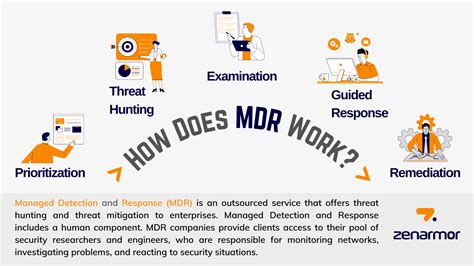What is MDR

Multidrug resistance (MDR) refers to the ability of certain cells, such as bacteria, cancer cells, or viruses, to resist the effects of multiple drugs or agents that are designed to kill or inhibit their growth. This phenomenon is a major concern in the fields of medicine and public health, as it can render treatments less effective or even useless against certain diseases.
In the context of bacterial infections, MDR occurs when bacteria develop mechanisms to evade the effects of antibiotics, such as producing enzymes that break down the antibiotic, altering the target of the antibiotic, or developing efflux pumps that remove the antibiotic from the cell. This can happen through genetic mutations, horizontal gene transfer, or other mechanisms.
In cancer treatment, MDR is a significant challenge, as cancer cells can develop resistance to multiple chemotherapeutic agents, making it difficult to treat the disease effectively. Cancer cells can develop MDR through various mechanisms, including the overexpression of drug efflux pumps, alterations in drug targets, and enhanced DNA repair mechanisms.
The consequences of MDR are far-reaching and can have significant impacts on public health. According to the World Health Organization (WHO), MDR is a major threat to global health, as it can lead to increased morbidity, mortality, and healthcare costs. In addition, MDR can also lead to the spread of resistant microorganisms, making it more difficult to control outbreaks and prevent the spread of diseases.
Types of MDR
There are several types of MDR, including:
- Intrinsic resistance: This type of resistance is inherent to the cell or organism and is not acquired through exposure to drugs.
- Acquired resistance: This type of resistance is developed through exposure to drugs, such as through genetic mutations or horizontal gene transfer.
- Cross-resistance: This type of resistance occurs when a cell or organism develops resistance to multiple drugs that are structurally or functionally similar.
Mechanisms of MDR
The mechanisms of MDR are complex and can involve multiple cellular processes. Some of the key mechanisms include:
- Drug efflux pumps: These are proteins that remove drugs from the cell, reducing their effectiveness.
- Drug targets: Alterations in the target of the drug can reduce its effectiveness.
- Drug metabolism: Changes in the way the cell metabolizes the drug can reduce its effectiveness.
- DNA repair: Enhanced DNA repair mechanisms can help cells to survive exposure to drugs.
Consequences of MDR
The consequences of MDR are significant and can have far-reaching impacts on public health. Some of the key consequences include:
- Increased morbidity and mortality: MDR can lead to increased illness and death, particularly in vulnerable populations such as the elderly and those with compromised immune systems.
- Increased healthcare costs: MDR can lead to increased healthcare costs, as more expensive and complex treatments may be required to treat resistant infections.
- Reduced treatment options: MDR can limit the treatment options available for certain diseases, making it more difficult to effectively manage and treat infections.
Addressing MDR
Addressing MDR requires a multifaceted approach that involves governments, healthcare systems, and individuals. Some of the key strategies include:
- Developing new drugs: Developing new drugs and therapies that can effectively target resistant cells and organisms.
- Improving infection control: Improving infection control practices, such as hand hygiene and proper use of personal protective equipment, can help to reduce the spread of resistant microorganisms.
- Promoting antimicrobial stewardship: Promoting responsible use of antimicrobial agents, such as antibiotics, can help to reduce the development and spread of resistance.
- Encouraging research and development: Encouraging research and development into new treatments and therapies can help to address the challenge of MDR.
What is the main cause of MDR?
+The main cause of MDR is the overuse and misuse of antimicrobial agents, such as antibiotics. This can lead to the development of resistant microorganisms, which can then spread and become a major public health concern.
How can MDR be prevented?
+MDR can be prevented through a combination of strategies, including improving infection control practices, promoting antimicrobial stewardship, and developing new drugs and therapies. Individuals can also play a role by practicing good hygiene, getting vaccinated, and using antimicrobial agents responsibly.
What are the consequences of MDR?
+The consequences of MDR are significant and can have far-reaching impacts on public health. MDR can lead to increased morbidity and mortality, increased healthcare costs, and reduced treatment options. It is a major concern for public health and requires a coordinated effort to address.
In conclusion, MDR is a complex and multifaceted challenge that requires a comprehensive approach to address. By understanding the mechanisms and consequences of MDR, we can develop effective strategies to prevent and treat resistant infections, and ultimately reduce the risk of MDR.



